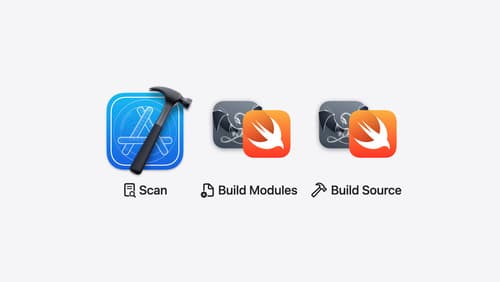is there a replacement for uikit?
Asked on 2024-08-05
1 search
There is no direct replacement for UIKit, but SwiftUI is increasingly being positioned as a modern alternative for building user interfaces across all Apple platforms. SwiftUI offers a declarative syntax and is designed to work seamlessly with UIKit and AppKit, allowing developers to integrate views from these frameworks into SwiftUI and vice versa.
For example, in the Platforms State of the Union, it was highlighted that SwiftUI is ready to help build any user interface with less and better code. Additionally, SwiftUI provides interoperability with UIKit, allowing developers to use UIKit views within SwiftUI and drive animations on UIKit views using SwiftUI.
Moreover, the session SwiftUI essentials discusses how SwiftUI builds on the rich capabilities of UIKit and AppKit, providing tools like UIViewRepresentable and HostingViewController to facilitate integration between these frameworks.
While UIKit continues to receive updates and enhancements, as seen in the session What’s new in UIKit, SwiftUI is being promoted as a powerful and modern framework for UI development.

SwiftUI essentials
Join us on a tour of SwiftUI, Apple’s declarative user interface framework. Learn essential concepts for building apps in SwiftUI, like views, state variables, and layout. Discover the breadth of APIs for building fully featured experiences and crafting unique custom components. Whether you’re brand new to SwiftUI or an experienced developer, you’ll learn how to take advantage of what SwiftUI has to offer when building great apps.

Platforms State of the Union
Discover the newest advancements on Apple platforms.

Demystify explicitly built modules
Explore how builds are changing in Xcode 16 with explicitly built modules. Discover how modules are used to build your code, how explicitly built modules improve transparency in compilation tasks, and how you can optimize your build by sharing modules across targets.
